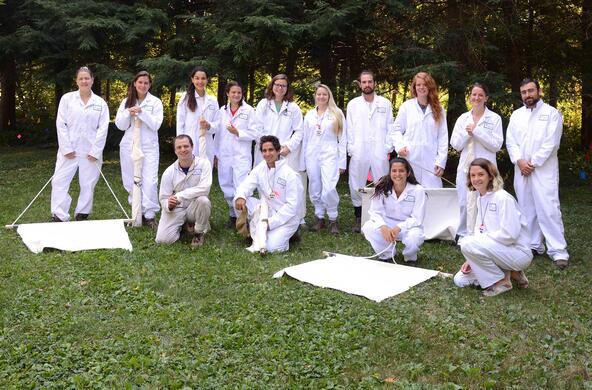American Museum of Natural History documentary on Lyme disease featuring research conducted at the Cary Institute by Dr. Richard Ostfeld and his team. Studies have shown that human impacts on natural habitats, such as land fragmentation, reduce species diversity and set the stage for Lyme disease transmission.
Synopsis
Since its discovery in 1975, Lyme disease has become one of the most commonly reported diseases transmitted by insects, spiders or other arthropods. Declining biodiversity may be one factor contributing to the rise in this disease among humans.
The ticks that infect humans feed on a number of hosts, only some of which are effective at transmitting the disease; but human impact on natural habitats has greatly reduced species diversity in tick hosts. Recent studies indicate that the species that adapt best to these changing conditions are also more likely to carry and transmit Lyme disease to ticks, which then convey the disease to humans. Preserving a balance of species could be essential in preventing an increase in Lyme disease among humans and may have an impact on other emerging infectious diseases.







